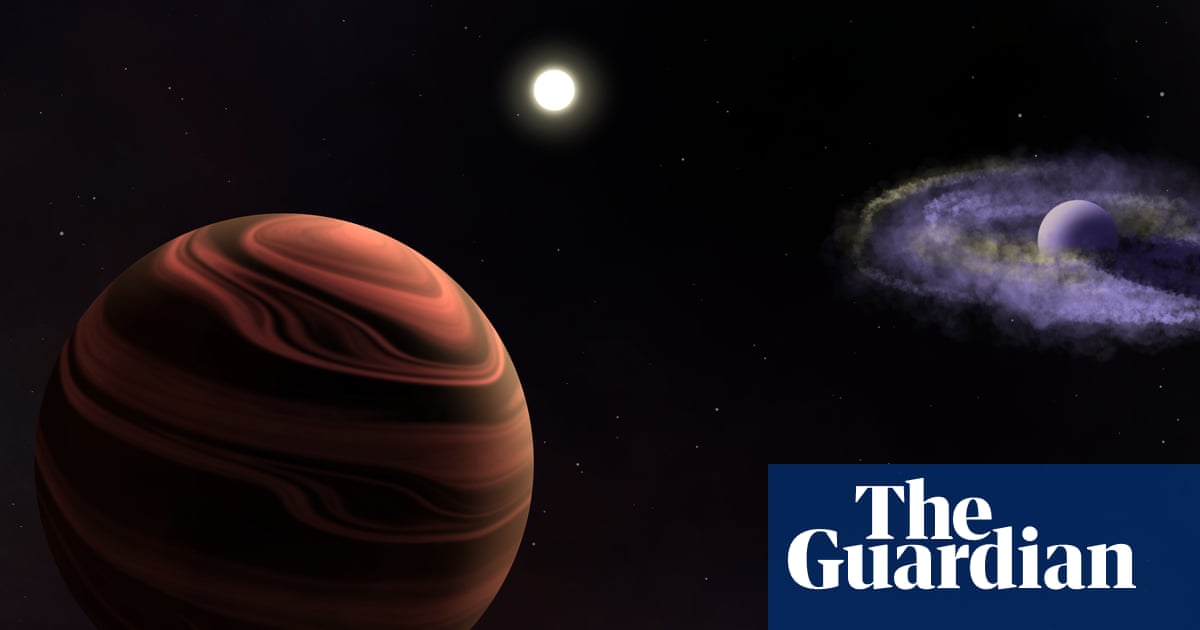- Get link
- X
- Other Apps
- Get link
- X
- Other Apps

Astronomers Puzzled by High-Altitude Clouds on Young Exoplanet
The cosmos continues to surprise and challenge our understanding of planetary formation. Recent observations from the James Webb Space Telescope (JWST) have revealed perplexing atmospheric phenomena on a young exoplanet orbiting the star YSES-1, leaving astronomers scratching their heads.
Located 307 light-years away in the constellation Musca (the Fly), the YSES-1 system is relatively young, only about 16 million years old, compared to our sun's 4.6 billion years. This makes it an ideal target for studying early planetary evolution.
The star, YSES-1, hosts two gas giant planets, both larger than Jupiter. It's the outer planet, YSES-1c, approximately six times the mass of Jupiter, that's capturing attention due to its unusual cloud formations.
What's so unusual about these clouds? Unlike Earth's water vapor clouds, these are primarily composed of magnesium silicate dust grains. Even more intriguingly, astronomers suspect the presence of iron within these clouds. Imagine a world where it rains iron! According to Dr. Kielan Hoch, an astrophysicist at the Space Telescope Science Institute, "The iron would indeed precipitate out," creating a rather dramatic weather phenomenon.
The discovery marks the first direct detection of such clouds on a planet orbiting a sun-like star.
However, the surprises don't stop there. The inner planet, YSES-1b, about 14 times the mass of Jupiter, is surrounded by a vast disc of material containing trillions of tonnes of dust particles.
This presents a significant puzzle:
- Why does YSES-1b still possess such a prominent disc after 16 million years, when planetary formation theories suggest that the dust should have settled within the first 5 million years?
- Why did YSES-1b retain this material, while YSES-1c did not, considering they formed in the same environment?
Dr. Hoch highlights the conundrum: "We wouldn’t expect the planets to look so different from one another if they formed in the same protoplanetary disk."
These unexpected differences are forcing astronomers to re-evaluate existing models of planet formation. Key findings include:
- High-altitude clouds of mineral dust and potentially iron on YSES-1c.
- A persistent dust disc around YSES-1b, defying conventional timelines.
- Significant differences in the two planets' composition despite forming in the same system.
The $10 billion JWST continues to revolutionize our understanding of the universe. Since its launch in December 2021, it has:
- Peered back to the first galaxies.
- Discovered strange new worlds.
- Observed black hole collisions.
- Even provided hints of life beyond Earth.
The observations of the YSES-1 system underscore the power of the JWST and the complexity of planetary formation. While the mysteries surrounding these young planets remain unsolved, the data gathered by the JWST is providing invaluable insights, pushing the boundaries of our knowledge and paving the way for a more complete understanding of the cosmos.
The universe continues to challenge us, and it's in these challenges that true scientific progress is made. The iron rain on YSES-1c might be a cosmic curiosity, but it serves as a potent reminder of the incredible diversity and ongoing evolution of planetary systems far beyond our own.
Tags: Exoplanet weather, Iron rain, James Webb, Space telescope, YSES-1 star, Exoplanets, Gas giants, Mineral clouds, Constellation Musca, Astronomy news, Planet formation, Exoplanet atmosphere
Source: https://www.theguardian.com/science/2025/jun/10/astronomers-space-telescope-clouds-planet
Astronomy news
Constellation Musca
Exoplanet weather
Exoplanets
Gas giants
Iron rain
James Webb
Mineral clouds
Space Telescope
YSES-1 star
- Get link
- X
- Other Apps
Comments
Post a Comment